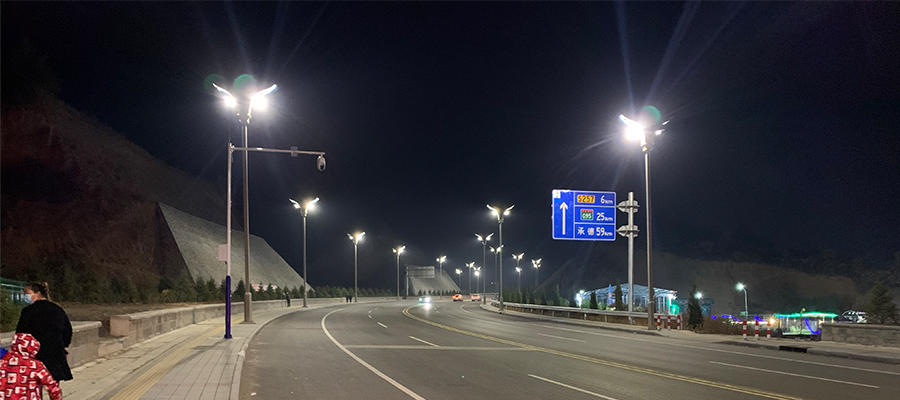4 Misunderstandings to Avoid when Buying Solar Street Lamps
2021-05-31
VIEW "1236
In recent years, solar street lamps have been deeply favored by people. Solar street lamps are powered by renewable solar energy which is one of the best ways to reduce carbon dioxide emissions. Some communities, rural country roads and more and more places are also giving priority to the installation of solar street lamps. However, some people still have some misunderstandings when buying solar street lamps. In this article, we summarized 4 common misunderstandings that people have when purchasing solar street lamps.
Misunderstanding 1: The brighter the lamp, the better the quality
When it comes to illuminating the road at night, some people may think that it will naturally be brighter and the view at night will be clearer. In fact, solar street lamps have their own lighting standards on different occasions. The street lamp you choose is within the scope of this standard. Because the brightness of solar street lamps mainly depends on the installation site and the requirements of the brightness scale. If you blindly require high-brightness solar powered led street lights, it will also cause visual damage to people. Therefore, when choosing a street lamp, it is our wise choice to choose a street lamp with the right level of brightness in the right place. The consequences of blindly pursuing brightness are that it will increase the cost of solar street lamps, and that it will increase the burden on the eyes if the street lights are too bright. It is extremely disadvantageous for both drivers and pedestrians. Therefore, you must fully understand the installation environment of street lights when purchasing.

Misunderstanding 2: The greater the LED power, the brighter the solar lamp
Most people think the larger the LED lamp power, the brighter. The answer is "No". What is power? Power refers to the work done by an object in unit time, unit watt (w). The higher the power, the more energy is consumed and the more electricity is used.
The performance of LEDs is evaluated by the lumens. That is, the total amount of visible light emitted by the light source per second. Knowing the power of the lamp, it is necessary to calculate the luminous flux emitted by the lamp per unit time. There is another parameter that must be clear, that is luminous efficacy. It is referred to as luminous efficacy, and the unit is lumens/watt (lm/w). Different light sources emit the same luminous flux, and the less energy they consume, the higher the luminous efficacy.
36W lamp, luminous efficiency 80lm/W, luminous flux is 2880lm.
The 30W lamp, the luminous efficiency is 110lm/W, and the luminous flux is 3300lm.
Which of these two LED lights is better?
30W, the light effect of 110lm/w is better.
Because it consumes less energy, it achieves better results and more energy saving.
Heat dissipation is the key to the lifespan of LEDs. If high-power lamps can't solve the heat dissipation problem, it will cause problems such as light decay, lamp bead damage, and shortened life. So when we choose lamps, it's not that the greater the power, the better. We need to pay attention to its luminous flux. Different brands of lamps with the same wattage have different luminous efficacy, and the luminous flux is very different.
Misunderstanding 3: Always focus on the solar light price
Low price doesn’t always bring high performance. Some users only focus on the solar light price. Solar street lamps are composed of solar panel, controller, battery, lighting fixture, light pole. Quality of every part will affect the quality and lifespan of the solar street lamp. Battery plays the most significant role in solar street lamps. If you only choose cheap parts, the quality of the solar street lamp can't be guaranteed.
Misunderstanding 4: Solar panel size means the power
The solar panel size doesn't mean the power. Solar panels include monocrystalline silicon cells, polycrystalline silicon cells, and amorphous silicon cells. Among them, the conversion efficiency and reliability of monocrystalline silicon cells are the highest, with a life span of more than 25 years. There are many external dimensions and specifications of solar panels, and the appropriate size must be determined according to the installation environment of the street light. Generally speaking, for the same power, it is more appropriate to choose a smaller size.

